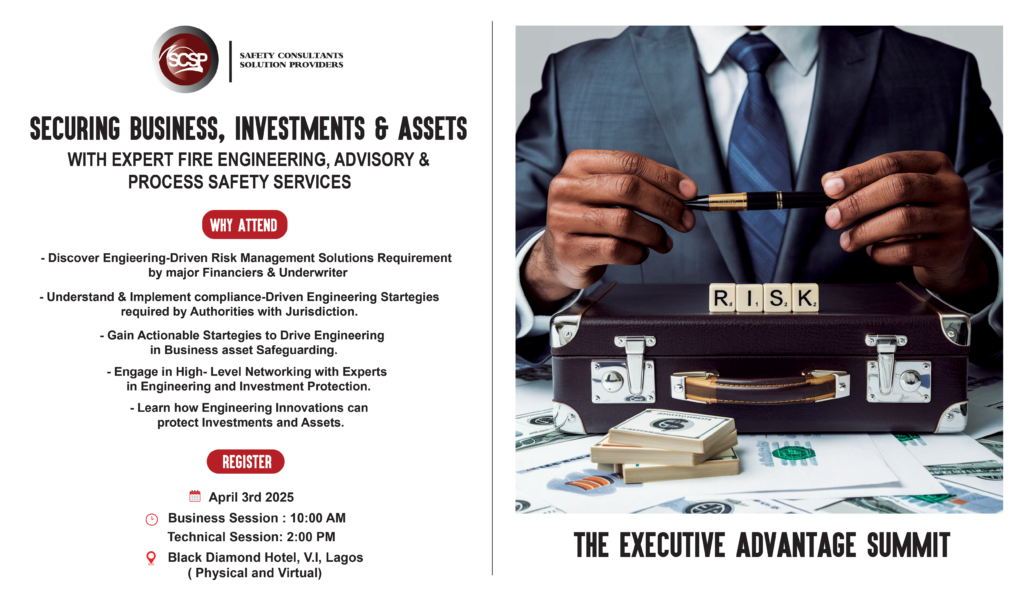Risk Management affirms the latent capacity of governments businesses to effectively manage Safety, Security, and Environmental risks. Risk management provides a clear and structured approach to identifying and management of risks and is carried out pre-loss. It is a core requirement for the sustainable development and growth of a business or nation. For ORM,
-
Arabic
-
ar
Bengali
-
bn
English
-
en
French
-
fr
German
-
de
Hindi
-
hi
Indonesian
-
id
Portuguese
-
pt
Russian
-
ru
Spanish
-
es



